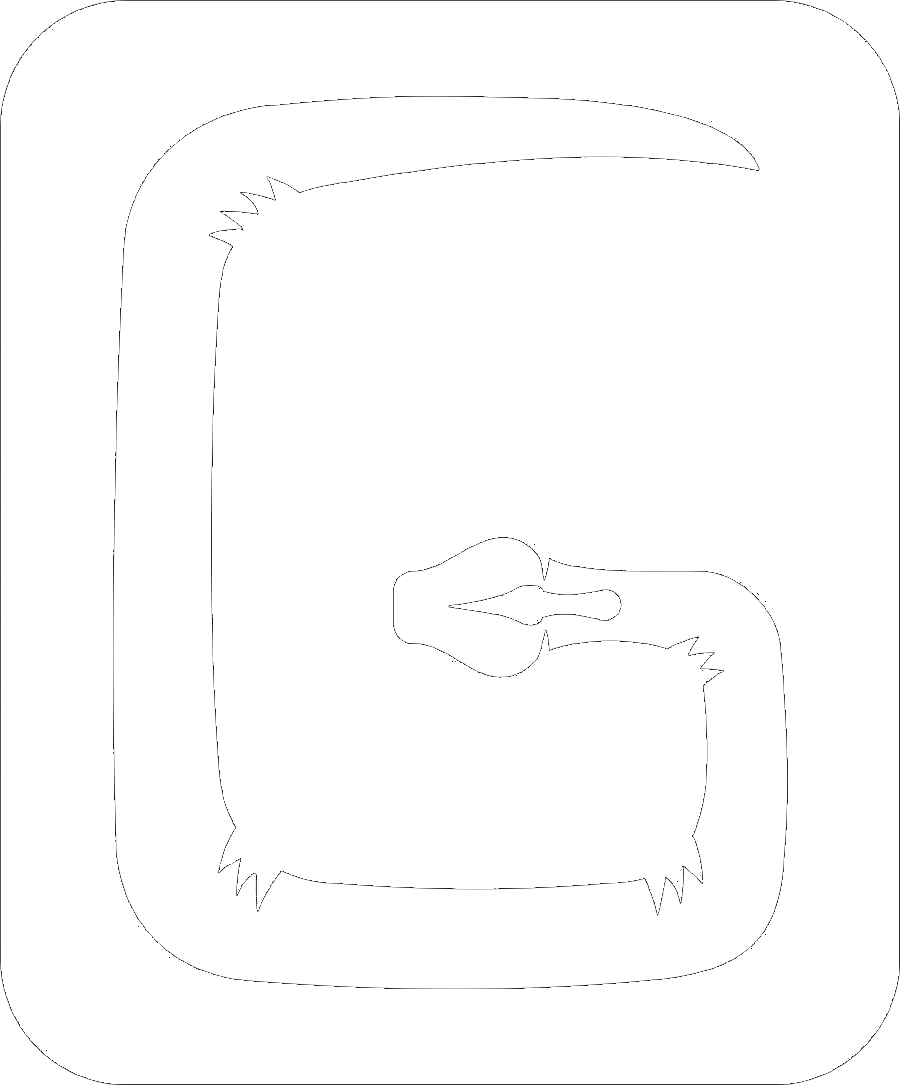Veiled Chameleon Care
Scientific name: Chamaeleo calyptratus
Natural habitat: Yemen, Saudia Arabia, and surrounding areas
Adult size: 10-20"
Life span: 6-8 years for males and 4-6 years for females
Reptile keeping experience: moderate to advanced
Below are the basics for keeping veiled chameleons.
Cage: Veiled chameleons are arboreal and do best in screen enclosures as large as possible and vertically oriented cages are best. Juvenile cages should be at least 16" x 16" x 30". Adults should be kept in cages with dimensions at least 24" x 24" x 36".
Accessories: Provide plenty of secure climbing branches and vines as veiled chameleons are completely arboreal. Live ficus trees are a great choice. A water bowl may help keep a higher humidity level but the chameleons will not drink from it. A thermometer and humidity gauge should be used to monitor cage conditions.
Humidity: Chameleons will only drink water droplets from leaves or off their own body. The entire cage should be sprayed at least twice each day. It is very hard to maintain humidity levels in a screen cage so daily misting is essential for providing drinking water and humidity.
Substrate: Many choices are available and the most common include cypress mulch, fir bark, sphagnum moss, coconut bark, and cage carpet.
Lighting/Heating: The ambient cage temperature should be 72-80°F with a basking spot of 88-100°F. Night temperatures can drop to 60°F. Veiled chameleons require UVB to metabolize calcium. Without UVB, veileds will develop metabolic bone disease and will be unhealthy. The UVB light should be on 10-12 hours each day and combined with the hot spot. The chameleons must be able to escape the UVB rays. The basking temperature can be reached with a mercury vapor bulb, ceramic heat emitter, or basking bulb. It is important to create a hot side and cool side in the cage so the chameleons can thermoregulate though this is usually accomplished with lower temperatures toward the bottom of the cage.
Diet/Feeding: Veiled chameleons are insectivores and should be fed a varied diet of insects. Insect prey items should be appropriately sized and remove any insects not eaten after an hour. Feed insects no larger than the space between the lizard's eyes. Crickets, mealworms, waxworms, roaches, silkworms, and moths are all part of a balanced diet. Some veiled chameleons, especially older individuals, will consume plant matter. This can include ficus and pothos leaves, kale, romaine lettuce, and other dark, leafy greens. Veileds should be fed daily.
A quality vitamin/calcium supplement with vitamin D3 is important. A sprinkle over the insects every third feeding is sufficient for adults (every other meal for young veiled chameleons).
© Copyright. All rights reserved. Content from this site may not be used without written consent from Phil Goss. Logo enhanced by Dozier Studio.
We need your consent to load the translations
We use a third-party service to translate the website content that may collect data about your activity. Please review the details in the privacy policy and accept the service to view the translations.

